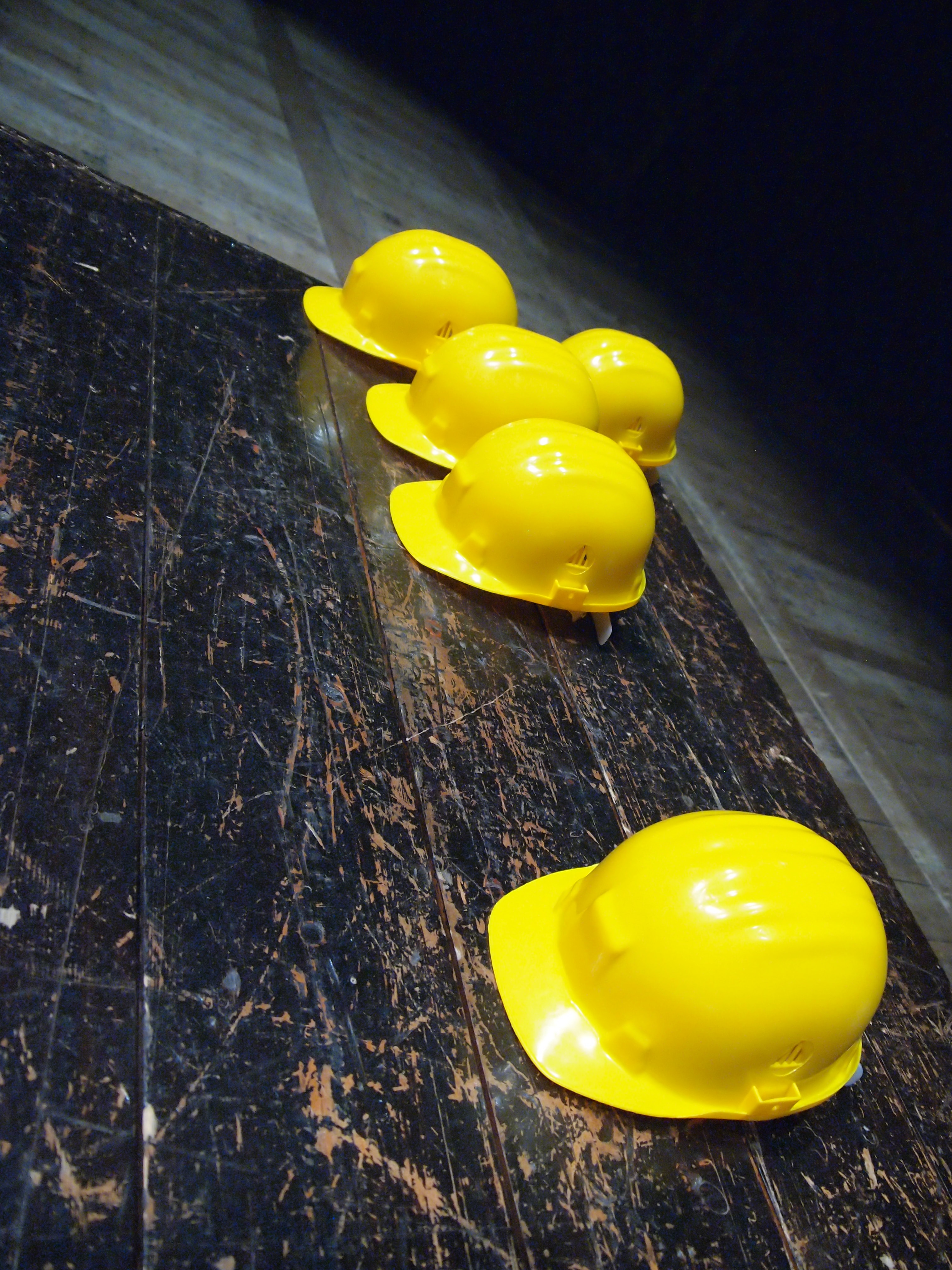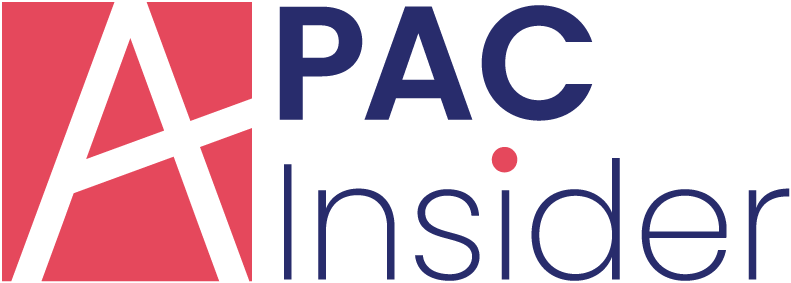Classrooms glow with screens, not chalkboards these days—but can you truly train for the sights, sounds, and gut-feelings of the jobsite online? It’s a puzzling scene for safety managers: everyone loves the convenience of digital OSHA courses, and records stay neat in the cloud. Still, veterans know absolute comfort zoning out in a web-based module is no match for a rogue cable on concrete or a “locked” out tag that isn’t. The real challenge? Blending the ease and reach of online courses with sweaty, hands-on experience, forging habits that stick under pressure.
Enter the idea of a hybrid approach. In every trade from steelwork to solar installs, the missing half-step between theory and muscle memory has led to details slipping just when it all counts. In this article, we dig deep into how online training lays the groundwork, then boot-camp style scenario practice sets it, so construction teams see radical boosts in preparation, performance, and compliance alike. I’ll map proven tactics, explore common sabotaging pitfalls and signpost the results trusted by trailblazing safety coordinators—revealing exactly how to make both worlds count.
Why Construction Safety Instruction Often Misses the Mark
It’s an all-too-common workplace scene: brand-new workers huddle next to battered laptops, cool fluorescent glow on faces while a fast-talking instructor trails through federal requirements. It looks coordinated—a modern labor force learning the logger’s legacy—but dig deeper and emerging frustrations sometimes sizzle. A web session might streak through the why’s and not just the how’s, yet it misses those sharp on-the-job surprises: a tool misjudged, a loose scaffold just out of sight, or a peer’s risky shortcut quickly normalized by the group.
Most online-only OSHA programs are checklist dreams on the surface—graphs ticked, boxes brighter and admissions tightly reported. Yet too many employers (and frankly, training developers) ignore how safety judgment is actually wired into workers: through sensory drill and pattern-resistant scenario practice in the field. Too often, critical error detection and team trust fall off with pixelated checklists. Technology’s speed bumps benefits, dulls caution and the learning slog kicks in—estimates are reviewed, not surroundings.
No matter the best-laid digital intentions, when accidents unfold there’s a scramble—team members yes have seen the module, but did real courage solidify after? Collective exposure to both unfamiliar terminology and practiced, real panic creates professional instincts. For compliance to morph into unconscious competence—the true gold—the mark must be made in the hybrid zone, not at the endpoint of either format alone.
Unlocking the Potential of Online OSHA Training
Turn the Klieg lights on: if digital OSHA weren’t useful, it wouldn’t anchor certifications coast‑to‑coast. Convenience, cost, and precise coverage—straight advantage. For crews comparing providers, choosing OSHA‑approved online courses ensures the coursework meets federal standards without adding travel days. Click “next” fast enough all day and credential progress sings, especially ideal for rotational workers, remote sites, and managers looking to standardize oversight across many job places at once. Harness the modular breakdown for technical subjects—the intricacies of fire code compliance, or hazmat labeling regs. Internet availability sidesteps commutes and class size limits.
But great online safety training is less about cramming data than about triggering engagement and memory. Scenes—close calls rendered in video, discussion forums sparking quick debates, bite-sized quizzes—drive understanding deeply. Knowledge retention is fostered by gamification (points or simulated awards), regular digital reminders, and nagging comprehension checks splashed at random interruptions. High-quality platforms invest in this, designing intuitive course pace and vivid storytelling, turning otherwise dry bullet lists into actionable memory pegs.
Still, even with all this magic, something subtle falls short: can a touchscreen “plastique” badge truly represent comfort with complex, breathing hazards? Digital best suits recurring compliance refreshers, the “laws” and “must-not fails” that rarely change, but confidence in dynamic, chaotic scenes remains constantly in manual mode.
The Wild Card: Hands-On OSHA Training Breeds Situational Pinnacle
Safety traditions on a bustling worksite ooze with metaphor: staging “close calls” in bass-voiced supervisors’ bark or the sharp crunch of skills testing on incomplete wooden forms. I’ve seen coffee-and-gloves teams morph from bored compliance watchers to alert crisis-solvers just from switching their OSHA time from tablet-led to full-out drills. Imagine muscle memory knotted to every new variable—a tool’s unexpected malfunction scratched into motion or the freeze/panic that looms loud until repetition and exposure lop it off.
Field-based exercises work wonders stripping back theoretical fluff, exposing weather, tension, clutter, and fatigue as opponents every trainee must duel. Veterans can point out what a simulation never captures, but a busted ladder rung or taunting “test” almost always does: on-the-spot risk perception. Group drills—miniature “emergency room” laboratories—forge relationship dynamics unseen in private monotone modules. That gritty tension of blame, teamwork, and stress incentives defines who sinks, adapts, or steps forward under pressure.
Choose hands-on where real inattention or panic poses true consequences: finding gaps in machine guarding, precision lockdowns when electricity hums unseen, handling real heights—even with “failguard” nets—and those ordinary moment rehearsals that keep daily operations accident-free. Any lapse in these kinetic rituals fills real OSHA files fast. Teams train communally or not at all, and mastery on site can mean the safest day a construction team hopes for is the one that never feels unusual.
Scene-Setting for the Blended Future: Advantages of Hybrid Approaches
Let sparks fly, literally: picture dawn shuddering over a ready mobile classroom stirring to life next to today’s tower build-out. With laptops logged in, workers split off—half primetime, half fencing drills assembling a haunted mock-junkpile for-site rescue. Supervisors call out cues mixing digital screen prompts and real-time hazard oscillations. Faces flicker— focus spills across simulators matched with pocket checklists hammered out in rubber-tipped fieldwork shoes afterward.
The true hybrid method, a tapestry threading every element, exploits what’s missing from both extremes. Take a case scenario a worker barely grasps online: add peer debrief and clumsy practice. Suddenly, abstract “exits” are mental muscle routes walked three times sideways. Cognition crystalizes; confidence hardens when workers compare notes—across digital debriefs and more, prepping each to act independently when chaos lands unfashionably late on shift. Study after study holds that accident reductions multiply when online comprehension is sealed by in-person “rep and role.” This model: fail-safe’s closest neighbor when new hires and old slopes collide.
Consider using the day-by-day rhythm construction loves. Rotational pairing means instruction—in real and virtual baskets—is always fresh. Key, too, is building situations mimicking the nitty-gritty, not just sterile logic grids. Integrate scenario games, leaderboards, feedback huddles, and post-mishap critiques. Layer human intuition with nano-sized, manageable online chunks—move stamina across time and terrain, never in a vacuum.
Steps for Making Your Hybrid Program Stick
Want results that beam compliance into culture?
- Rotate digital intro with hands-gritted “hazard day drills” at scheduled intervals
- Collect team feedback weekly: did both formats complement, not dull, essential skills?
- Designate real-scenario “field champions,” linking cycle insights from both training types
Mixed-format underscores a hidden reality: hybrid adaptation over time fostered reflective focus as much as repetition.
Getting More from Your Team’s Effort: The Power of Adaptive Learning
Not everyone picks skills up the same—and not every error is solved with the quickest digital feedback. Great hybrid programs dial into individual learning styles and let participants run sprints at their best. One online module may bore a lifer; another, packed with real incident clips, might crack complacency. Enter in-person trainers: here to translate checklist items’ why’s into true drive—wind and all.
Building adaptive, high-impact pedagogy magnifies learning not only for the rhythm learners (“repeat ten times”) but also those nudged strongest through embarrassment (“didn’t keep my gloves on practicing cut rescue”). Operators adjust engagement on the fly. Dead air in online forums sparks after-hours Q&As; comic strip reminders curl on workshop boards. Make memory stick with video follow-ups or skills contests run monthly—inspire smart rivalry for real, actionable hazard responses.
Pause the seminar, scan for ennui or confusion, then flip to coupler exercise or simulation from this week’s case. Resilient trainers build relativity—drilling accidental discovery and humility alike. Construction never stands still; training shouldn’t either. Digital scaffolds confidence, hands-on anchors integrity. Where stories linger and lessons pivot, culture and skill truly marrow out, blending seamlessly.
Scaling OSHA Approved Training: The Future-Proof Compliance Blueprints
Now, let’s turn ambition tangible. Teams dreaming genuinely “safe, fast, nimble” never park solely in flashy software or brute-force rote—success pulses alive where old-world wisdom marries the reach of digitization. True compliance isn’t birthed from monotonous, tick-the-box Q&A marathons online or endlessly rehashed demos in the rain. It comes when the archives talk to adrenaline, turning loose scraps of digital reminder into real behavior—the perfect alignment of policy, recall, and unforgettable site evidence.
Look at major construction organizations and you’ll grasp a nuanced transition emerging: operations run hybrid as standard, not gimmick. Supervisor dashboards ping daily: not just “who completed training this week?” but “Have recent accident types been war-gamed as a team?” and “Which real alerts, from Federal updates, flashed live scenario modules lately?” This isn’t data-driven management—this is memory-building shaped by trending exposures.
Take a New Jersey highway contractor, where daily field mobile quizzes blend with twice-monthly hazard replays out by the breaker box. Technology helps, but it’s that blend—the porch huddle for feedback, filmed accident reconstructions, live scenario dissections spliced with every course checkpoint—that creates truly risk-literate labor forces. Steelworkers at larger job-coordination offices preview animated flaws during their routes on company tablets, then grip toolbelts and “call the close one” as sudden warning percussion halts workflow. “Training” pulses everywhere, feeding daily improvement—not collecting digital dust.
Hybrid Models that Get Results
How do leaders roll out blueprints for serious progress—not just closing Attorney General loopholes?
- Set cadence: alternate modules with drills, shorten the theory-drag and up practical.
- Assign “daily testers,” letting a fresh set of voices review the day’s alerts and demo last module’s “Top 3 risks”—adds peer stake and busts role fatigue.
- Analyze lag and relapses: Is online timing flagging weak recall? Double down hand-on; if field mishaps jump, update digital triggers or swap trainers for a learning cycle reset.
Those that scale hybrid construct workflows across timelines, terrain, and tiers and prove the field wins—with less lost time, sharper recall, and markedly safer teams. It isn’t “future” compliance: it’s robustly present now.
Scene-Setting: Life at the Crossover—Training Intersections on the Modern Site
Picture grey pre-dawn clouds snagged on a half-finished overpass, rebar standing silent like city train antennas. Crews shuffle down a bridge spur, earbuds on, eyes on lunch sacks—safety reminders splash on their home screen as training prompts. Not fifty yards away, an old-school extension ladder leans next to new composite materials, marked with cryptic ID tape: that’s tomorrow’s scenario drill spot. Trucks idle, the foreman calls, “Ready for test changeover? Tablet time, then meet under the floodlights for card pulls!”
On hybrid sites, “training days” turn dynamic. There is visible energy when mechanisms whir: clipboards tackled beside Bluetooth speakers instructing confined space evacuation. Elsewhere, color-coded bands track modules done and who needs more “lanyard hands-on” before handling live work. Quick polls buzz in: “Who would climb back down for missed equipment now?” Results shape tomorrow’s drills.
On one luxury hotel build, crews do online fall risk assessment, voices raised next to fresh insulation, sweat and pixels marking focus. Noted: more workers voice concerns in realistic soundstage drills than click complain on anonymous online feedback. Social cues—smirks, relief, the anxious clatter of energy bars unwrapped—heighten both accountability and commit. Dress rehearsals feed bravado just long enough; actual work, cradle-to-launch, is built in tomorrow’s feedback debrief, digital recaps displayed as new reminders.
That heady blend—it isn’t fiction; it’s Thursday.
Flexibility in Training Setup: Overcoming Resistance and Building Buy-In
Real-world transitions rarely unfold so tidily as onboarding slides or safety push emails suggest. Veteran hands may scoff at new iPad certifications while digital natives eye toolbox talks like a performance in a haunted house. Hybrid approaches call for serious wrangling—collisions sparking misunderstandings about “what counts.” Resistance isn’t merely from nostalgia or tech fear; it’s rooted in the long-known split between leadership vision and comfortable tradition.
Turn that tension productive. One supervisor confessed—“We ran tablets and drills for three months…guys who hated the cloud ran workshop huddles instead. Scores ticked up. Nobody failed drills again.” Sometimes, it’s rotating training crew roles, letting nay-sayers steer a class or propose ‘improvement hacks’ on the next online checkpoint integration. Buy-in multiplies when everyone owns and explains “today’s critical close call,” not just point, click, and move along.
Adapt plans to read crew mood. Quick incentive challenges—long-lunch for best scenario check—can spearhead stubbornness. Build in failure: valuable teams fumble every variety of upsell or trigger warning now and then; real growth spikes when slips recalibrate custom content or bolster kinesthetic runs. Eventually, digital underpins courage rather than dilutes it, and tactile skill adds storytelling flavor that algorithms alone forget.
An OSHA Approved Training Routine for Crews: The Blueprint
The best blueprint isn’t mythical—it’s actionable, sharable, remixable every season based on risk burst trends and project phase. Here’s a tried model construction teams are stitching together across North America, honed batch-by-batch:
- First exposure: Servers deploy OSHA basics—confined spaces, chemical labels—through a spaced sequence online, always quiz-tested and timestamped.
- Within 48 hours: Real-life tie-in (reshuffling workforce quotas), afternoon “hazard hospital” with decon tents staged, fresh gloves run, actual-use tags cross-checked.
- Weekly “feedback foxtrot”: Every crew cycles leadership—rookie runs the debrief, foreman tempers feedback, and smartphone footage from drills gets group-reviewed.
- Accident randomizer: Teach by miniature “incidents in the wild”—herald team workarounds, poll adjustments for monthly digital case packs.
Tips for Keeping the Habit Alive Year-Round
- Integrate “soft” checklists—coping skills, leadership soundbites—directly into field training
- Log feedback anonymously online, but answer clarifying questions during field rollouts for atmosphere of mutual care
- Update content at signs of drift, combining humor and incident storytelling—this brings unconscious recall, especially under duress
Put simply: keep routines living. Training hearts and hands tomorrow needs digital bones with real sweat atop.
Conclusion
Blending OSHA safety protocols is a lot like orchestrating a jazz ensemble and marching band at once—you want room for solo improvisation backed solid by on-beat fundamentals. Online instruction cuts across the noise fast, laying down solid rhythmic theory. But if that’s all you bring to the worksite, mistakes multiply under the throbbing lights and unpredictable score of wind, anger, caution, and bravado the field truly runs on.
Great construction teams push far beyond either/or. It’s hybrid training—interactive, face-to-face drills choreographed with on-demand learning tools—that rewires dry codes into genuine jobsite reflexes and moat-wide engagement. This is compliance that counts—not because the certificate is in the cloud, but because everyone on-site trusts each other to carry, or respond, should the ordinary suddenly tip unknown. In the end, learning sticks strongest where theory brushes up against daily practice—blueprints from both forging real, usefulness-laden safety.



























